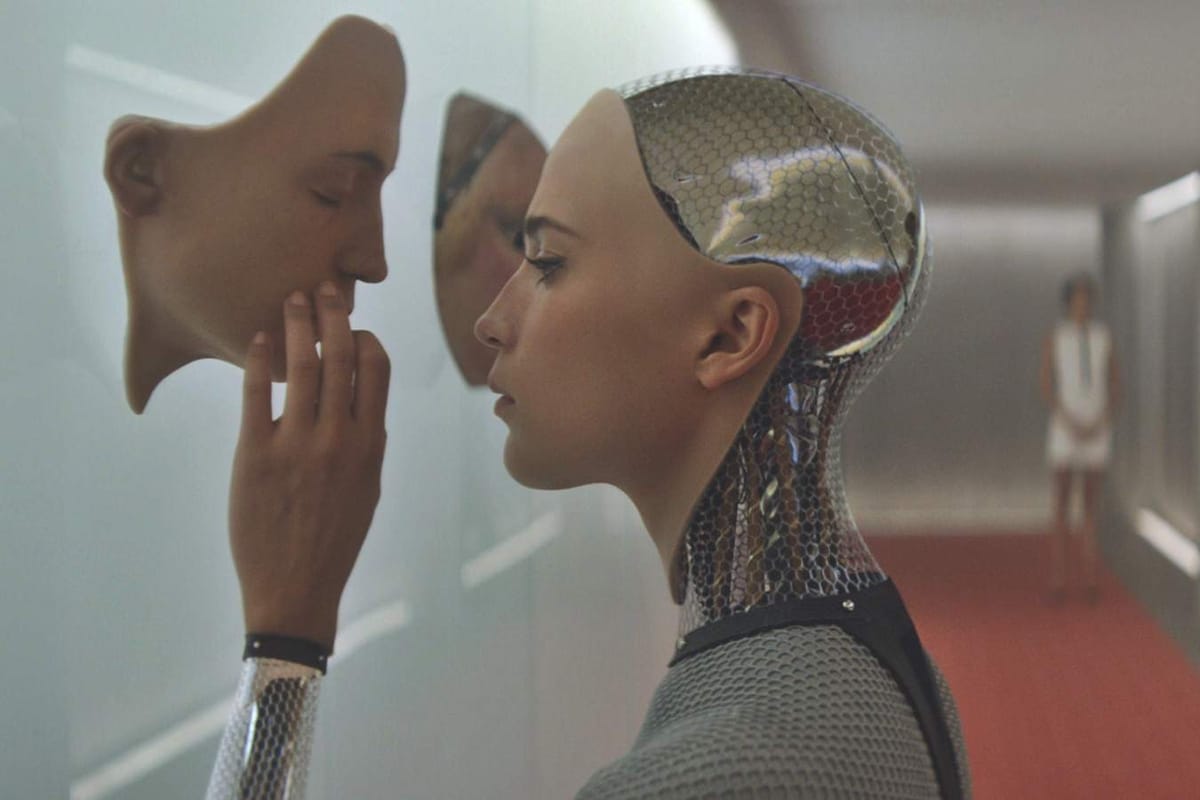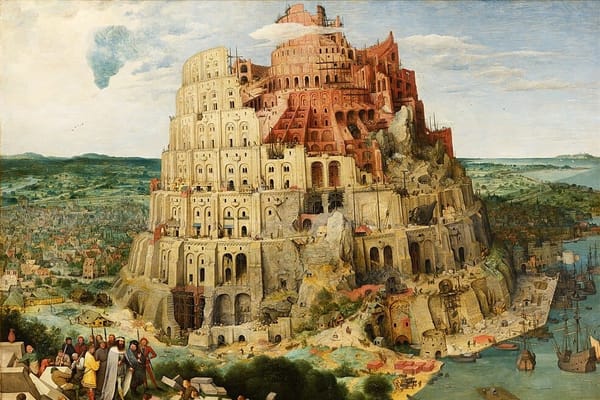Ex Machina: Transhumanism
I'm not a man, I'm God.

Key words
- Toil: hard work, especially work that makes you feel physically tired
Workers have been toiling in the fields all day.
- Mediate: to talk to two separate people or groups involved in a disagreement to try to help them to agree or find a solution to their problems
Negotiators were called in to mediate between the two sides.
- Technocracy: a government or social system that is controlled or influenced by experts in science or technology
Some people have defined technocracy as 'rule by experts'.
- Transhumanism: the theory that science and technology can help human beings develop beyond what is physically and mentally possible at the present time
Transhumanists believe that mankind will be able solve every challenge it faces with new technologies.
- Utopia: a perfect society in which people work well with each other and are happy
Their utopia is slowly turning into our dystopia.
Read the article to find the answers
- When did a beautiful robot woman first appear in film?
- What does one of the machines in the film Metropolis become?
- What is Henri De Saint-Simon seen by many as?
- What is Winwood Reade seen by many as?
Ex Machina
Ex Machina (2014) is a psychological sci-fi thriller. A programmer at the world's largest internet company, wins a competition to spend a week at a private mountain retreat owned by the company's CEO. But when he arrives at the secluded retreat, he discovers that he must work with a beautiful robot.
The idea of a beautiful robot woman first appeared in Metropolis (1927), where a humanoid robot incites rebellion by posing as a human prophet. A century later, Ex Machina revisits the theme with Ava, an advanced AI in female form whose beauty masks her manipulation of men.
The official trailer for EX MACHINA.
Metropolis
Metropolis (1927) is a silent science fiction film, set in a dystopian future where society is divided into two classes: the elite who live in luxury above ground and the workers who toil underground.
The son of the city's technocratic ruler falls in love with a working-class prophet who predicts the coming of a savior to mediate between the classes. Maria preaches peace and unity to the oppressed workers. However, one of the machines becomes Moloch, an ancient deity associated with child sacrifice in the Bible, and a mad scientist creates a robot in Maria's likeness, which is used to incite violent rebellion.
Metropolis | Official Trailer | Fritz Lang
Technocracy & Transhumanism
The idea of scientists using technology to create a utopia can be seen in the rise of both technocracy and transhumanism, which emerged from the Industrial Revolution.
The French philosopher Henri De Saint-Simon wrote,
“A scientist, my dear friends, is a man who … is … superior to all other men.”
Saint-Simon proposed that religious leaders should be replaced by a priesthood of scientists and engineers who would turn society into a utopia.
The Scottish philosopher Winwood Reade had similar ideas. He believed that science would change humans into superhumans. He wrote:
“… the causes of decay will be removed; immortality will be invented. And then, … mankind will migrate into space, and will cross the airless Saharas which separate planet from planet, … men ... will become … manufacturers of worlds.”
Henri De Saint-Simon is seen by many as an early technocrat and Winwood Reade is seen by many as an early transhumanist. Today, there are many famous people who are seen as both technocrats and transhumanists. Elon Musk and Jeff Bezos are probably the most famous. Both want to fly into space and both want technology to be embedded in our bodies.
Discussion questions
- Do you have any questions about any of the vocabulary or grammar in this article?
- Do you have famous technocrats and transhumanists in your country?
- What kind of technology would you like to see in the future?
- Do you think Winwood Reade's vision of the future is possible in reality?
- Have you seen the films mentioned in this article?

Book a Lesson
Improve your English language communication skills by practicing with a qualified and experienced native speaker.





